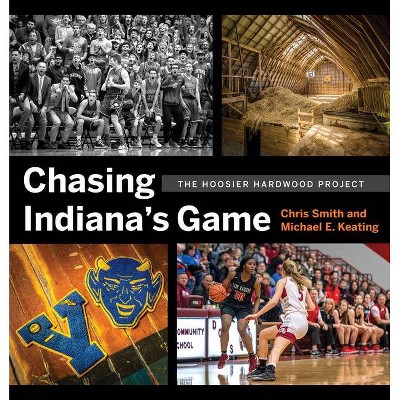Printing Terror - by Michael Goodrum & Philip Smith (Hardcover)

Similar Products
Products of same category from the store
AllProduct info
<p/><br></br><p><b> About the Book </b></p></br></br><i>Printing Terror </i>argues that horror comics of the Cold War primarily concern white male victimhood and the monstrosity of the gendered and/or racialised other.<p/><br></br><p><b> Book Synopsis </b></p></br></br><i>Printing Terror </i>places horror comics of the Cold War in dialogue with the anxieties of their age. It rejects the narrative of horror comics as inherently, and necessarily, subversive and explores, instead, the ways in which these texts manifest white male fears over America's changing sociological landscape. It examines two eras: the pre-CCA period of the 1940s up to 1954, and the post-CCA era to 1975. The book examines each of these periods through the lenses of war, gender, and race, demonstrating that horror comics at this time were centered on white male victimhood and the monstrosity of the gendered and/or racialised other. It is of interest to scholars of horror, comics studies, and American history.<p/><br></br><p><b> From the Back Cover </b></p></br></br><i>Printing terror </i>places horror comics of the Cold War in dialogue with the historical trauma of World War II and Vietnam, the rise of feminism, and the growth of the Civil Rights Movement. It rejects the narrative, prevalent throughout scholarship to date, of horror comics as inherently, and necessarily, subversive. Horror comics attracted serious and sustained criticism from censorious forces, but this book demonstrates how these texts were part of the symptoms rather than the cause of broader socio-political tensions. <i> Printing terror</i> explores, instead, the ways in which horror comics manifest white male fears over the changing sociological landscape of the US. It examines two booms in horror comics: the pre-Comics Code Authority period of the 1940s up to 1954, and the period following the revision of the Code in 1971, which made the return of horror comics possible and led to a brief spike in publications and popularity. The authors examine each of these periods through the lenses of trauma, gender and race, demonstrating that horror comics at this time were centred on white male victimhood and the monstrosity of the gendered and/or racialised other. These readings are grounded not only in the works themselves, but in their historio-cultural context, the events and texts that informed the creation and reception of horror comics.<p/><br></br><p><b> About the Author </b></p></br></br>Michael Goodrum is Senior Lecturer in Modern History at Canterbury Christ Church University in the UK Philip Smith is Associate Chair of Liberal Arts at Savannah College of Art and Design in Hong Kong
Price History
Price Archive shows prices from various stores, lets you see history and find the cheapest. There is no actual sale on the website. For all support, inquiry and suggestion messagescommunication@pricearchive.us




















